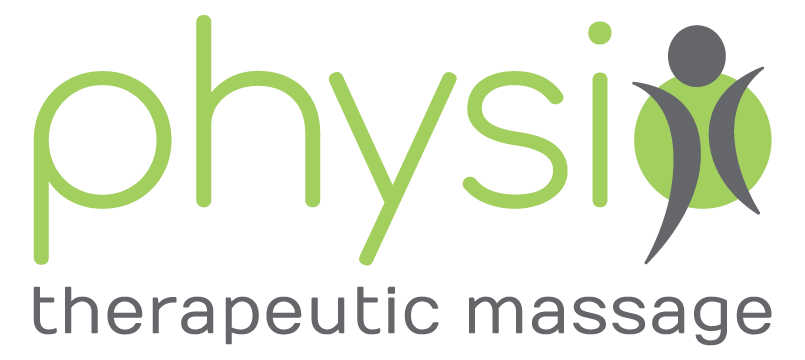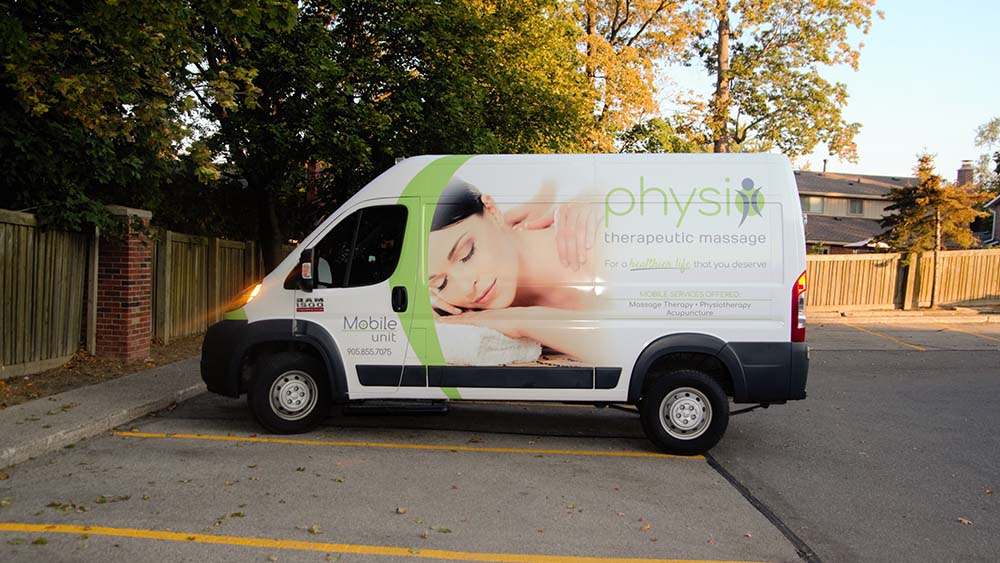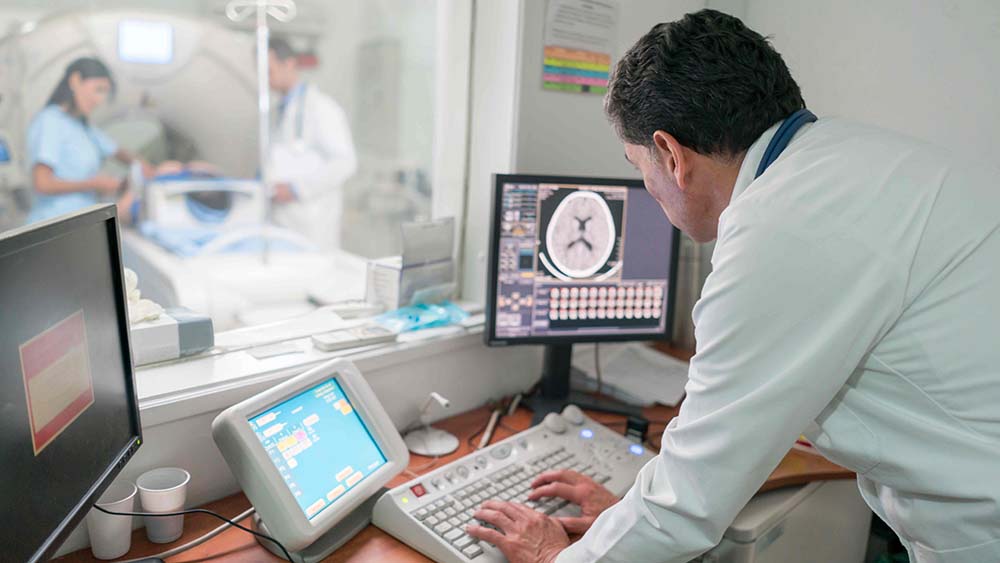If You Are Hurt In a Motor Vehicle Accident
By law in the province of Ontario, if you are involved in a motor vehicle accident in which the vehicle you are in is insured, you can start physiotherapy as soon as possible without having to wait for authorization by your car insurance company representative. In fact, you are entitled up to twelve weeks physiotherapy treatment by a registered physiotherapist automatically (provided that you have reported the accident). This is provided under a Minor Injury Guideline (MIG) with which all insurance companies and health care providers are very familiar.
This allows for a quicker recovery from the time of the accident and eliminates the need to wait for the authorization process by your insurance company which requires filling out of forms on your part and collection of information by your insurance adjuster.
Upon assessment of your condition, a physiotherapist will then complete an initial report outlining his/her clinical findings, along with a treatment plan (either in a MIG – OCF23 or in an OCF18) indicating types and length of treatment recommended. These documents will then be reviewed by your insurance adjuster before authorization of the entire treatment plan is given.
At times throughout your treatment, progress reports to the insurance company may be required as well as a discharge report at the completion of your treatment program. The aim is to return you to your previous level of function, therefore the latter half of your treatment will focus heavily on a very active program including stretches, strengthening and overall conditioning.
If you do not have an extended health care plan which covers physiotherapy, then the billing process is straightforward. Your services can be billed directly through the motor vehicle accident insurance company without you having to pay anything.
However, if you have an extended health care plan which covers physiotherapy, you are required to provide that information so that your extended health care plan covers a portion of your therapy expenses first and the remainder of the bill is then covered by your motor vehicle accident insurance plan.
Minor Injury Guidelines and Summary
The goal of physiotherapy after an accident is Functional Restoration. We are oriented toward function and to the delivery of interventions that help you to reduce or manage your pain. Interventions are focused on what the you need to do in order to function in your home and work environment. The insured person is always assessed to determine the level of current functioning relative to these critical demands and any functional limitations that have arisen as a result of the injury. The interventions deliveredby us are then designed to address these areas of limitation such that the individual will be able to maintain and/or resume normal activities at home and at work.
ASSESSMENT –INITIAL VISIT
- Obtain and document insured person’s written consent
- History
- Physical examination
- Review and documentation of functional status and psychosocial risk factor
- Diagnosis and/or impairment description
- Confirm insurance coverage
- Confirm employment status
RECOMMENDED INTERVENTIONS – INITIAL VISIT
- Activity prescription
- Reassurance
- Education and distribution of “Getting the Facts about Whiplash”
- Home Exercise Program
DISCRETIONARY INTERVENTIONS – INITIAL VISIT
- Exercise and functional activities – supervised in clinic
- Mobilization and/or manipulation
- Diagnostic imaging
- Other interventions that facilitate pain management, activation and return to function
Components of the Initial visit Assessment
In assessing the insured person, the health practitioner will be responsible for: - Undertaking a history,including:
- Demographics
- Prior history of injury, illness and/or disability
- Prior history of neck problems and/or whiplash injury;
- Prior history of assessment and treatment;
- Circumstances and mechanism of the current injury;
- Symptoms associated with the current injury; and
- Severity of symptoms associated with the current injury.
- Completing a physical examination, including:
- Assessment of general condition
- Inspection
- Palpation for tender points
- Determination of range of motion
- Neurological examination; and
- Assessment of associated injuries.
- Reviewing and documenting functional status and psychosocial risk factors including:
- Changes in the insured person’s functional status as a result of the injury and any associated functional limitations in his/her ability to perform work, home or school related functional demands;
- Psychosocial issues experienced by the insured person as a result of the injury; and
- Other risk factors that are complicating or acting as barriers to recovery from the injury.
- Identifying the diagnosis and/or impairment description, including:
- The Primary Diagnosis/Impairment Description (ICD 10 Codes); and
- The Secondary Diagnosis/Impairment Description (ICD 10 Codes).
- Obtaining the insured person’s informed consent to participate in the MIG and recording consent on the MIG Treatment Confirmation Form(OCF-23) (or elsewhere as appropriate if the insurer waives the requirement for the OCF-23)
- Through discussion with the insured person, confirming the insurance coverage (if known by the insured person) including:
- Obtaining the insured person’s automobile insurance company, policy number and the name of the adjuster;
- Determining if the insured person has any other insurance coverage for services (e.g. extended healthcare coverage); and
- Determining if the insured person has contacted his/her insurance company. If contact with the insurance company has not yet occurred, the health practitioner will encourage the insured person to do so and to complete the Application for Accident Benefits (OCF–1).
- Through discussion with the insured person, confirming the employment status to determine:
- If he/she was working at the time of the accident;
- If he/she was a care giver at the time of the accident; and
- If the injuries are preventing the insured person from fulfilling his/her work or care giving responsibilities.
Recommended interventions during the initial visit
The interventions that are recommended during the initial visit include : - The activity prescription: The health practitioner will, as appropriate, encourage the insured person to remain active and maintain normal activities as an important factor in facilitating his/her recovery. In so doing, the health practitioner will focus on improvement in function and will encourage the adoption of an active, positive and realistic attitude toward recovery.
- Reassurance: The health practitioner will, as appropriate, provide reassurance to the insured person regarding his/her injuries and the recovery process and will inform the insured person that most people with WAD I and WAD II are able to return to a pre-accident level of functioning within the first few weeks following the injury.
Education
The health practitioner will, as appropriate, distribute the brochure “Getting the Facts About Whiplash” (attached as Appendix A) and will educate the insured person regarding whiplash injuries, the symptoms that can be expected, the natural healing process and his/her prognosis for recovery.
Home exercise program
The health practitioner will, as appropriate, demonstrate and provide advice on how the insured person should safely and regularly exercise his/her neck. The health practitioner will customize an exercise program for the insured person to engage in at home, at work or at school.
Discretionary interventions during the initial visit
The interventions that may be provided during the initial visit, at the discretion of the health practitioner, include :
- Exercise and functional activities If, based upon the initial assessment of the insured person, the health practitioner determines that the insured person would benefit from exercise and functional activities during the initial visit to facilitate his/her recovery and return to function, the health practitioner may provide these interventions. The types of exercises and functional activities should be based on the specific needs and functional requirements of the insured person and the clinical judgment of the health practitioner. The exercises and functional activities referred to in this section are supervised within the clinic environment and may include, but are not limited to:
- Range of motion exercises;
- Muscle re-education; and
- Low load isometric exercise to restore appropriate muscle control and support to the cervical region.
- Mobilization and manipulation If, based upon the initial assessment of the insured person, the health practitioner determines that the insured person would benefit from mobilization and/or manipulation during the initial visit to facilitate his/her recovery and return to function, the health practitioner may provide these interventions. It should be noted that the scientific evidence indicates that during the acute phase, mobilization and manipulation are most effective in managing WAD I or WAD II when combined with exercise.
RECOMMENDED INTERVENTIONS – WEEKS 1-3
- Continuing clinical review
- Activity prescription
- Reassurance
- Education
- Home exercise program
DISCRETIONARY INTERVENTIONS – WEEKS 1-3
- Exercise and functional activities supervised in clinic
- Mobilization and manipulation
- Pain management and coping skills education
- Onsite work/home/school based review and intervention (with insurer approval)
- Diagnostic imaging
- Other interventions that facilitate pain management, activation and return to function
The Acute Phase
The insured person continues on to the acute phase of the Guideline if, based upon the assessment undertaken during the initial visit, the health practitioner determines that the Guideline applies to the insured person, and the insured person requires intervention under this Guideline to facilitate recovery and return to function.
- a) Timing, duration and number of sessions in the acute phase
The acute phase will typically not exceed three weeks in duration and will ideally occur during weeks one, two and three following the date of accident in order to be consistent with the scientific evidence and to support early/timely intervention.
The sessions during the acute phase are in addition to any intervention provided during the initial visit. It is expected that the regulated health professional will deliver up to 10 sessions in the acute phase. The actual number of sessions delivered and how frequently they occur is based upon the needs of the insured person and the clinical judgement of the regulated health professional. - b) Components of the acute phase
Continuing clinical review: Throughout the acute phase, the health practitioner will regularly review the clinical status of the insured person and his/her progress toward functional restoration. Based upon the continuing clinical review, the health practitioner will make any necessary modifications in the approach to intervention.
Exercise and functional activities (as described above under the initial visit)
Mobilization and manipulation (as described above under the initial visit)
- a) Timing, duration and number of sessions in the acute phase
Pain management and coping skills education: If, based upon the initial assessment and/or continuing clinical review during the acute phase, the health practitioner identifies that the insured person is displaying signs of distress or difficulties coping with the effects of his/her injury, the health practitioner may introduce pain management and coping skills education to address these barriers to recovery. It is recommended that the health practitioner employ a standardized approach to pain management and coping skills education however the specific approach is left to the discretion of the individual health practitioner.
Ancillary goods or services: With prior insurer approval, certain ancillary goods or services may be provided by a regulated health professional while the insured person continues to be covered by this Guideline.
RECOMMENDED INTERVENTIONS – WEEKS 4-6
- Continuing clinical review
- Activity prescription
- Reassurance
- Education
- Home exercise program
DISCRETIONARY INTERVENTIONS – WEEKS 4-6
- Exercise and functional activities – supervised in clinic
- Mobilization and manipulation
- Pain management and coping skills education
- Diagnostic imaging
The Sub-Acute phase
The insured person continues on to the sub-acute phase of the Guideline if, based upon the continuing clinical review undertaken during the acute phase, the health practitioner determines that the Guideline continues to apply to the insured person and the insured person requires additional MIG intervention to facilitate recovery and return to function.
a) Timing, duration and number of sessions during the sub-acute phase
The sub-acute phase will typically not exceed three weeks in duration and will ideally occur during the fourth, fifth and sixth weeks following the date of accident in order to be consistent with the scientific evidence and to support early/timely intervention.
It is expected that the health practitioner will deliver up to 9 sessions in the sub-acute phase. The actual number of sessions delivered and how frequently they occur is based upon the needs of the insured person and the clinical judgement of the health practitioner.
b) Components of the sub-acute phase
- Recommended interventions during the sub-acute phase
- Continuing clinical review (as described above under the acute phase)
- Activity prescription (as described above under the initial visit)
- Reassurance (as described above under the initial visit).
- Education (as described above under the initial visit).
- Home exercise program (as described above under the initial visit)
Note: Being in an accident can be overwhelming from many perspectives. Having to deal with pain, mobility restrictions, poor sleep, fluctuating emotions, an inundation of new information from your insurance company and health care provider and so much more, is often too much to handle in a short period of time. Ensure that you take everything step by step, ask questions to your health care provider and your insurance rep. Ask a second or third time for an explanation if you have to. You should work with a team that helps you along every step of the process toward your recovery.
can also be provided.
Additional funds are available to provide supplementary goods and additional services to support restoration of functioning and address barriers to recovery. The supplementary good and services may include but are not limited to:
- Treatment services for the additional minor injuries arising from the same accident
- Good required for self-directed exercise and/or pain management such as but not limited to: theraband, gym ball, hot/cold packs, back support, lumbar roll, etc.
- Assistive devices required to maintain/return to work/school/home or personal activiy such as but not limited to: head set, trolley, braces.
- Supportive interventions such as advice/education to deal with accident-related psycho-social issues, such as but not limited to: distress, difficulties coping with the effects of his/her injury, driving problems/stress.









